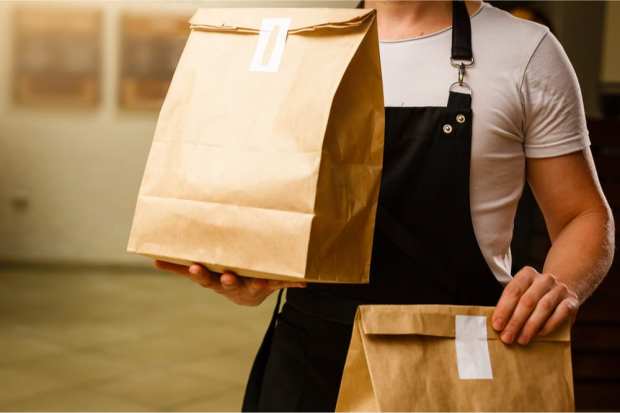Amazon Joins Competitive Food Delivery Market In India

Seattle-based Amazon is ramping up its operations in India’s growing market by launching Amazon Food, which will deliver prepared meals. The company already offers grocery delivery in many Indian cities.
Competitors include online food delivery platform Zomato and Swiggy, which raised $43 million from investors last month in a bid to expand into new businesses.
For its part, Zomato recently landed $5 million in new investment. Also, Zomato, bought Uber’s food delivery business earlier this year.
“Customers have been telling us for some time that they would like to order prepared meals on Amazon in addition to shopping for all other essentials,” the company said about the launch of the new operations.
Amazon is starting its food-delivery service in the southern Indian city of Bengaluru. According to Reuters, Amazon had been planning for the rollout last year, but then had to iron out logistical issues to enter the highly competitive business.
Meanwhile, Amazon’s Indian rivals, both Swiggy and Zomato, have had to cut jobs and control costs during the COVID-19 crisis. Both startups have now launched delivery of alcohol in India as a way to meet the increased demand for alcohol amid lockdowns — and boost their revenue.
The entire country went into a massive COVID-19 lockdown in March, with social gatherings banned and restaurants and pubs shuttered.
The effect of the worldwide lockdowns on digital commerce has been ground shifting, particularly in the United States.
PYMNTS surveyed 2,047 U.S. consumers to find out how the pandemic has affected their shopping habits, and whether they will maintain those new habits once shutdowns are over.
The report concluded the U.S. could see a permanent market restructuring that has $158 billion in brick-and-mortar sales moving to online shopping.
The biggest shift in consumers’ use of the internet has been in how they shop for retail goods. The survey shows that 32.8 percent of consumers are shopping for retail items just as often as they did before the pandemic, only now they are doing so online.